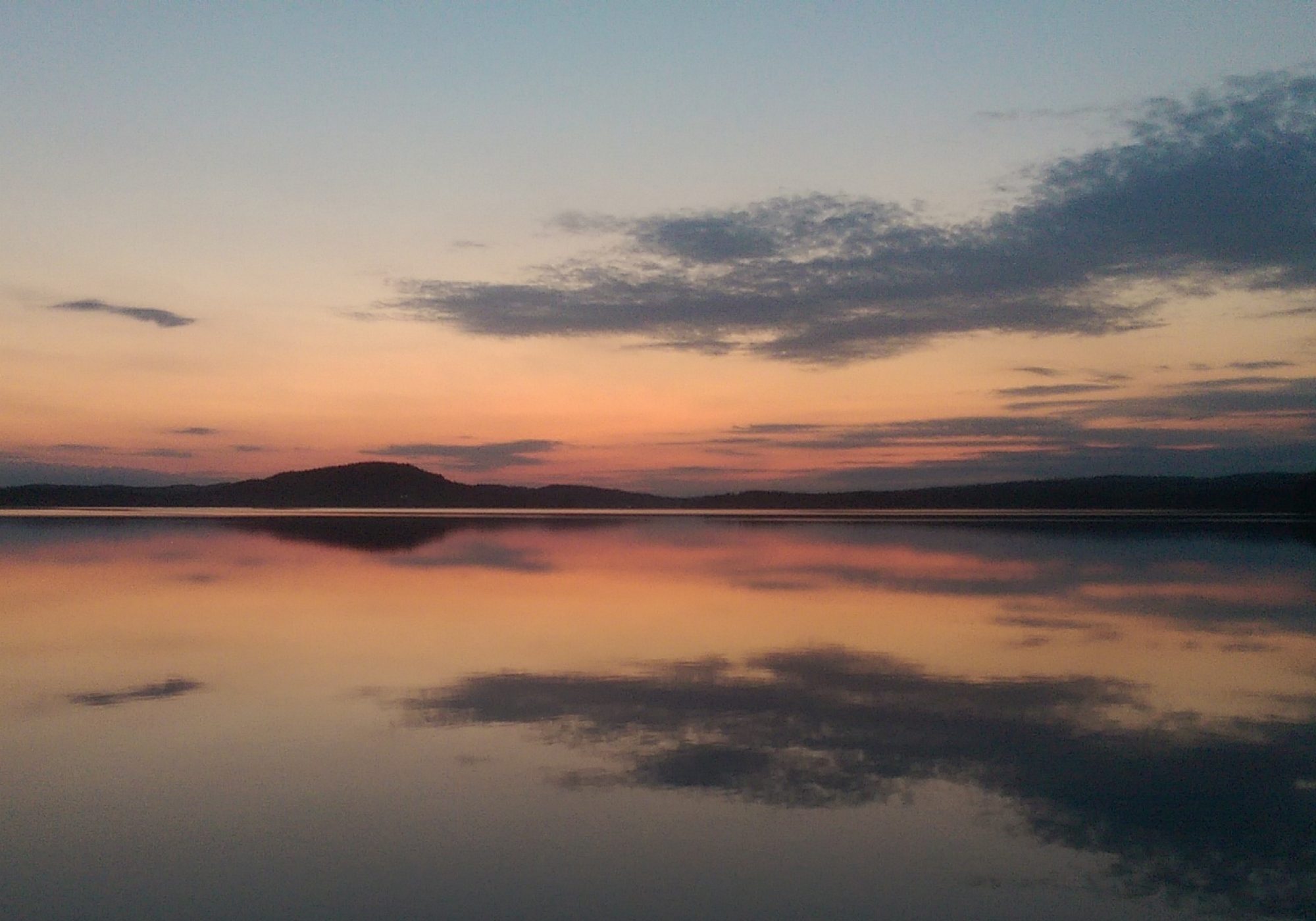I’ve reached Siena and learned today that it was a city built around the Via Francigena pilgrimage trail I’m following to Rome.
So if you thought Siena was about the Palio and the Palio only, you can think again.
Or maybe not. Because it’s impossible to come here and not be awed by the history of The Palio. Where riders race three times around the Piazza di Campo smashing each other with whips in a race that lasts all of 90 seconds.
“It is not a race, it is war,” a turtle told me.
The turtle being Nicholas, custodian of the Tartuca (turtle) museum which he kindly opened up for a personalised tour and two hour history lesson on Siena.
A teacher whose eyes burned with passion for this city, Nicholas explained how Siena is divided into 17 districts known as Cantrade – each named after an animal and dating back to medieval times.
Ten of the 17 race against each other for the Palio…a strip of embroided cloth that brings much honour for the winning contrade.
Nicholas showed me Palio won by the Turtles going back to the 17th Century


Ancient rivalries abound. The Turtles and the Snails hate each other. But everyone agrees that the Rhinos are good chaps who don’t annoy anyone.
You know you are in their contrade when the symbols on walls, houses and fountains change


He also showed the medieval costumes that they wear in the parades associated with the Palio. Right down to the wigs. In July. When it’s 35c +


I had reservations on grounds of animal welfare but was told the horses are specially bred for their sturdy legs and that they are retired with a city pension
“We love the horses more than the drivers” said Nicholas.
Each contrade has its own church and horses are brought inside to be blessed before the big event. Nicholas showed me their church tucked away in a back street

Last year one horse died in retirement at the age of 24.
But if you’re a jockey suspected of underhand behavior such as throwing a race then retribution is swift. And often violent.
Tomorrow I’ll resume the trek. The Via Francigena brought wealth to Siena which is why it’s called a Daughter of the Road.
Pilgrims would be given letters of credit, providing they left their money behind in the city. If they failed to return from Rome the city kept their cash. It’s how the first banks were built.
Screwing the poor out of their cash. I’m glad times have changed.











































